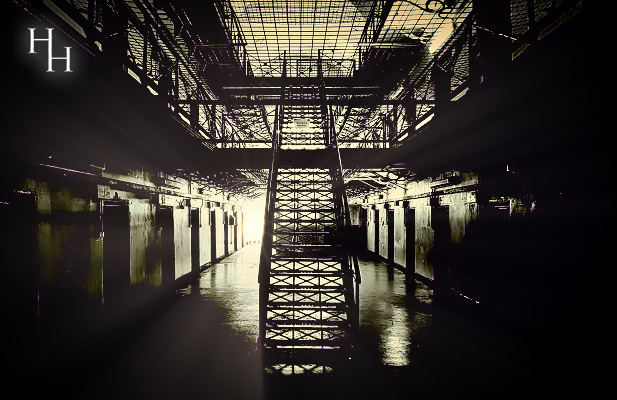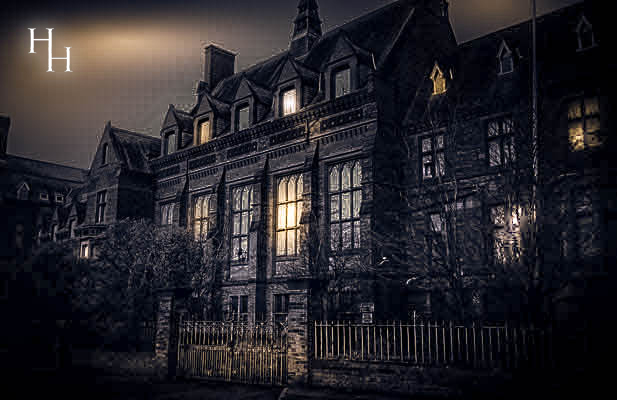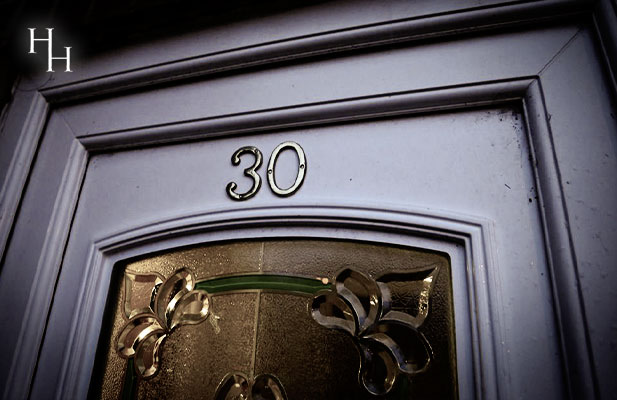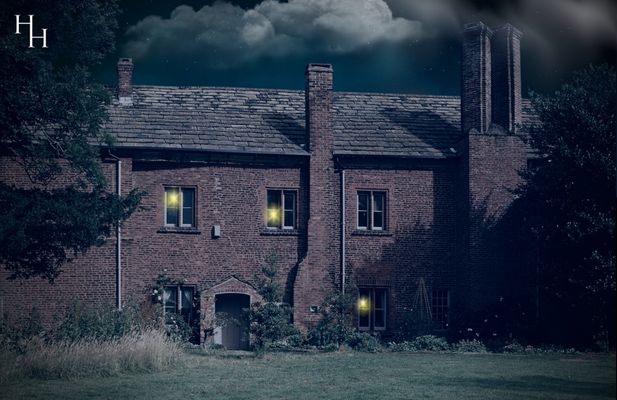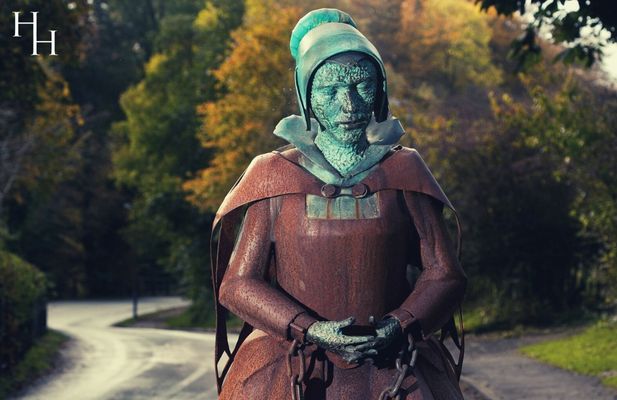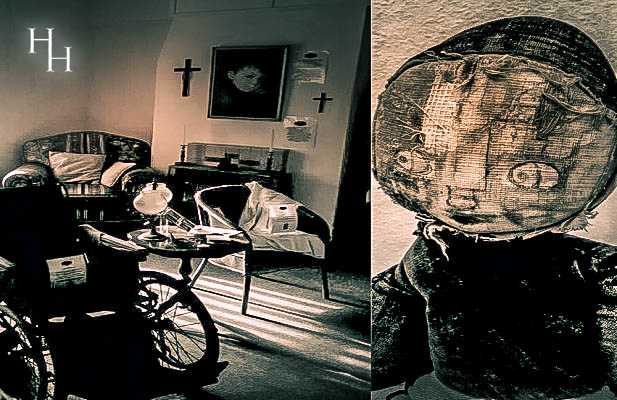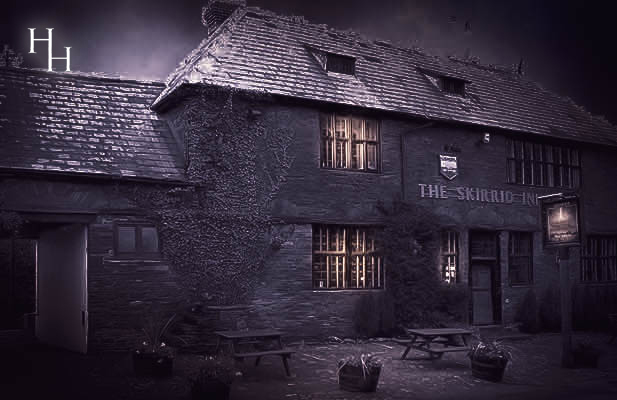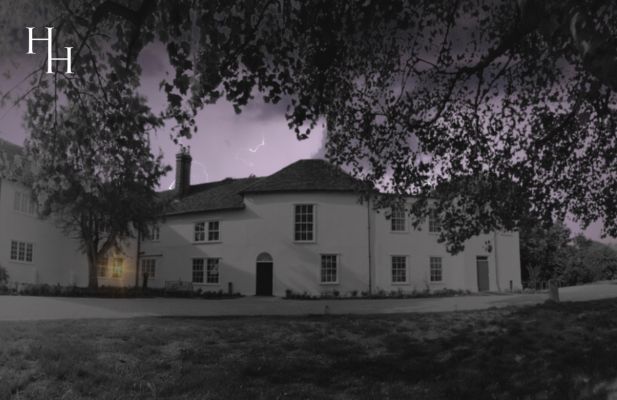Your Ghost Hunt at Gloucester Prison
Your overnight ghost hunt at HMP Gloucester will be an experience that will really test your nerve and maybe an experience that you will not forget. With suffering torment and death deeply etched into the very fabric of this imposing prison. The remains of the executed are still within the walls and may never leave. Gloucester Prison was also home to the notorious serial killer Fred West.
During the night will you make contact with those who remain as we carry out seances, vigils and experiments in the most active areas of this imposing location.
This could be a terrifying night but you will be well looked after by the experienced team during your night ghost hunting at HMP Gloucester.
Ghosts of Gloucester Prison
Join the team as we spend the night at the terrifying HMP Gloucester with the tormented souls that remain.
Haunted by many souls of past prisoners that were once incarcerated here, Gloucester Prison is rife with ghostly activity and sightings that even just walking around this prison will leave you in fear.
Prison cell doors are known to open and slam shut by unseen hands, shadows have been witnessed, lurking in the dark cells and prison wings and objects are known to move, later being found in a different place.
History of Gloucester Prison
HMP Gloucester that we see today was originally Gloucester Castle, being used as a gaol by 1185 and it was probably then the official county gaol, as it certainly was by 1228.
Remains of the castle have been excavated over the past few years and are evident today.
John Howard reported unfavourably on the county gaol in 1777 and from 1783 a leading county magistrate Sir George Onesiphorus Paul promoted its reform and rebuilding on lines advocated by Howard, including the provision of separate cells. An Act of 1785 empowered the county magistrates to build a new gaol, and they acquired for that purpose the central part of the castle site, buying out the Hyetts' interest. Demolition of the castle keep began in 1787 and the new gaol, designed by William Blackburn was completed under the supervision of John Wheeler finishing in 1791.
The extensive, three-storeyed buildings were ranged around three quadrangles and housed a gaol, penitentiary and house of correction in the perimeter wall on the east side was a gatehouse. In 1826, to the designs of John Collingwood, the perimeter walls were extended eastward to Barbican Road, a new debtors' prison was built east of the gatehouse of 1791 and a new gatehouse was built in the North-East part of the wall, opening on the Castle Lane approach. In the year 1844 a new convict prison, originally organized on the 'Pentonville' separate system, was built east of the gaol of 1791. It incorporated the original gatehouse, to which large three-storey cell-blocks were added on the North and South and on the West, linking it to the old prison, a block containing a chapel. A treadmill was built South of the old prison. Among buildings added later in the mid 19th Century was a governor's house built in the South perimeter wall facing Commercial Road.
In 1816 commissioners for Crown lands sold some of the old castle grounds outside the walls of the county prison to John Phillpotts, tenant of Marybone House under the Hyetts, and Phillpotts apparently also had a grant of the constableship. Those lands included Barbican hill, which was levelled c. 1819 and built over in the mid 1830s, and a garden behind Marybone House, which was sold with the house when it became the police station in 1858 and was covered by the new police station and sessions courts in the 1960s. Castle Gardens, another part of the castle grounds lying north of the prison, was used in the mid 1850s as the site for the militia barracks and in the 1970s for a new wing of the Shire Hall. All the former castle grounds, except those occupied by the prison, were placed within the city boundary in 1874, and the prison was included in the city in 1896.
In 1878, under the Prisons Act of the previous year, the buildings passed from the control of the County Magistrates to become HM Prison, Gloucester. The eastern ranges of the prison of 1791 were demolished in the late 19th Century or the very early 20th, but its western range remained in use for female prisoners until c.1915 when the prison became an all-male establishment. The western range was demolished c.1920 and in 1921 a terrace of eight houses for prison officers was being built at the North-West corner of the site, facing the road along the riverside and excluded from the secure area by an alteration in the perimeter wall.
In the year 1985 those houses and other buildings on the west part of the site were cleared and a new reception and administration block was built overlooking the road along the riverside. In 1986 the prison of the 1840s, relatively little altered since it was built, housed prisoners from the area covered by the Crown Courts of Gloucester, Worcester and Hereford, while a small new block east of it housed a unit for 'special category' prisoners, opened in 1971. Of the earlier buildings the gatehouse of 1826 and the former debtors' prison, from which the top storey had been removed, still survived.
Your Event Includes
- Use of ghost hunting equipment including EMF Meters, K2 Meters etc.
- Experiments including glass divination, table tipping and Ouija Boards.
- Workshop and separate vigils for returning guests.
- Ghost hunting vigils and séances in small groups.
- Includes teas and coffees
- Free time to investigate alone
Address, Maps & Hotels
Address & Hotel Information
HMP Gloucester
Barrack Square
Gloucester
Gloucestershire
GL1 2JN
For Hotels near to
Gloucester Prison , please click here. opens in a new window
Parking
- Onsite Parking with a Charge
Information
Accessibility
- This location is not suitable for wheelchair users
- This location is not suitable for people with mobility issues or walking difficulties
Important
- All attendees must be 18 years or older
- All attendees must bring a torch
- Wear sensible shoes and warm layered clothing as the location may get cold at night




